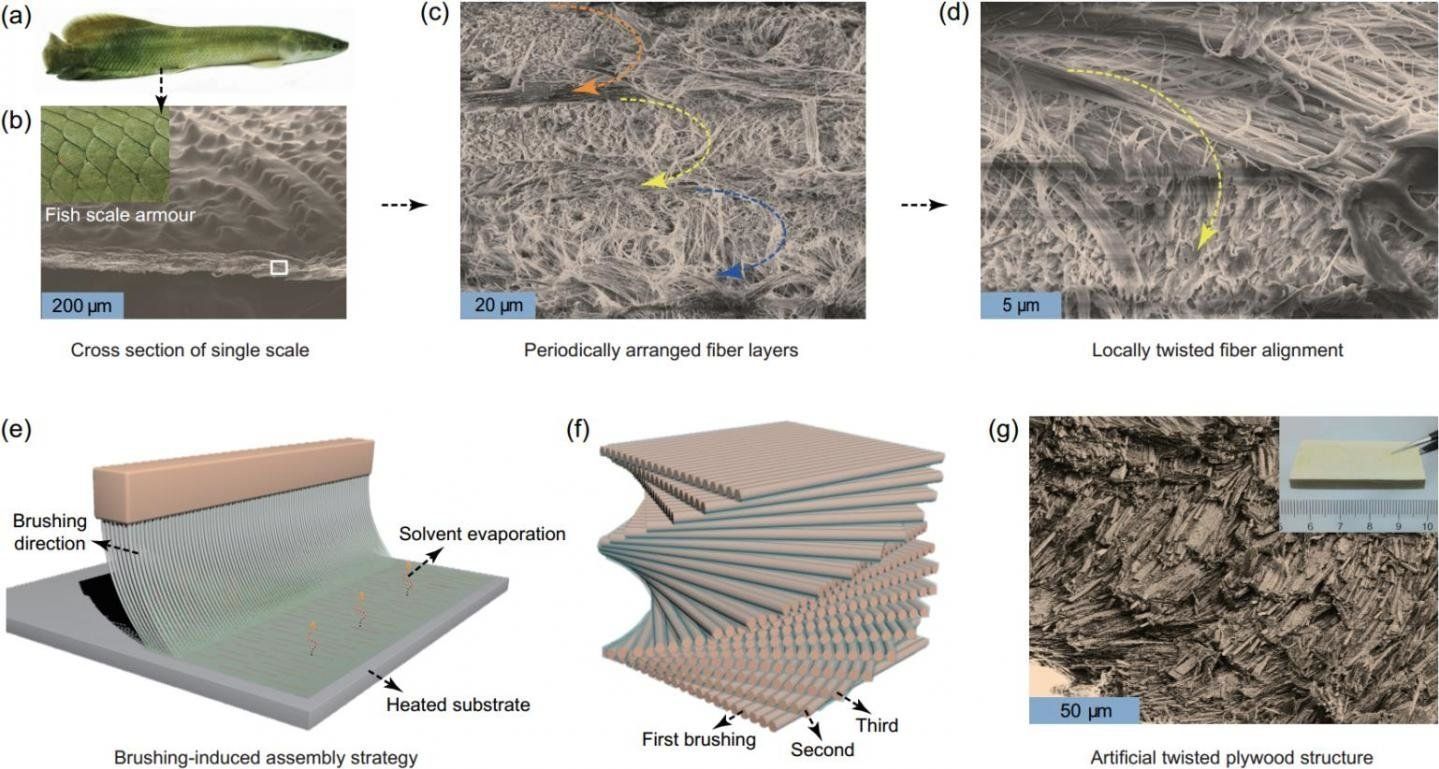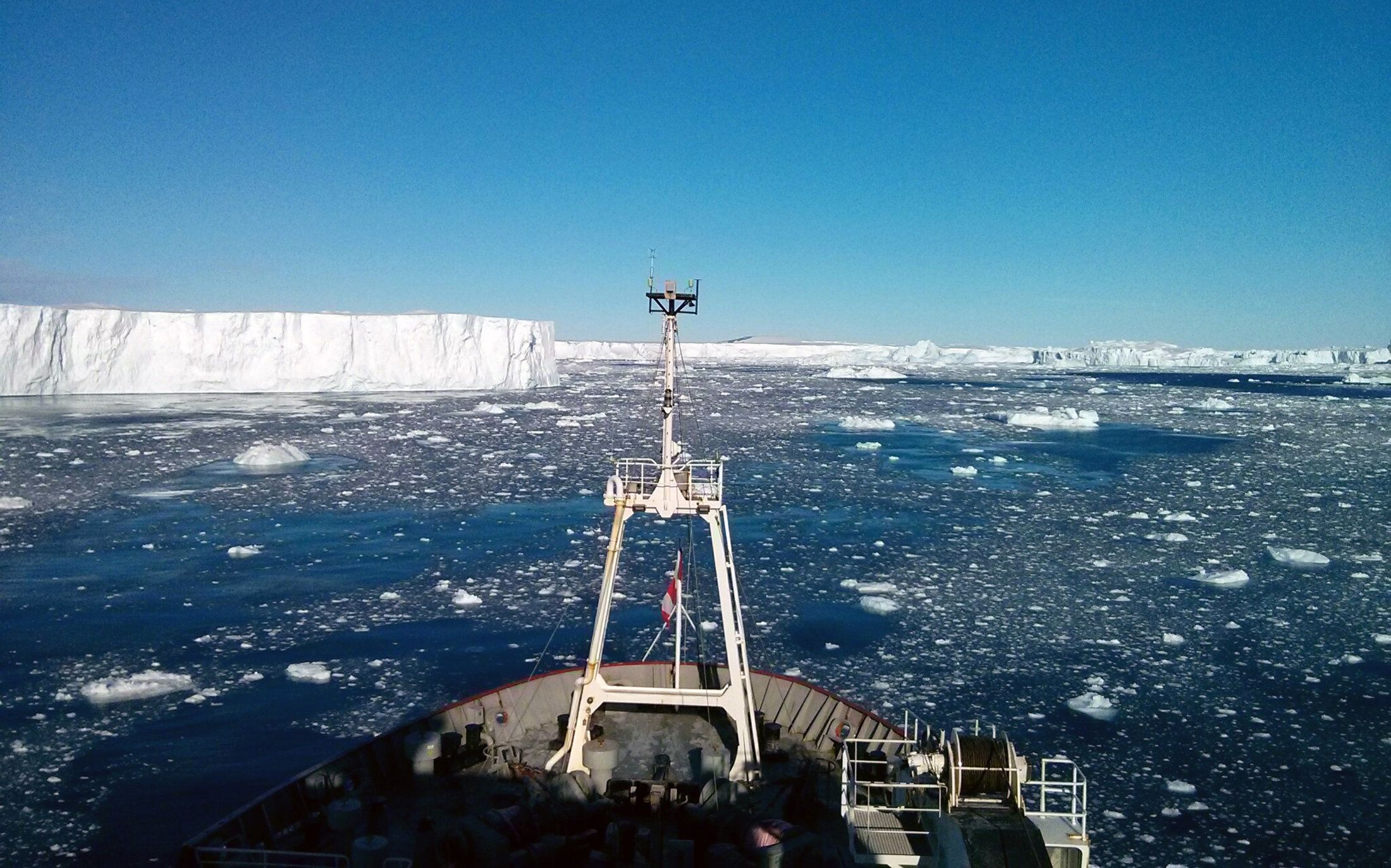As our organization grows and we are doing more and more things, there is an ever greater need for specialist knowledge and guidance to help inform our decisions as a company. We rely on the advice and expertize of both our scientific and business advisors and we have added to them this week with two new experts joining us.
 We are delighted to announce that Steven A. Garan has joined our scientific advisory board. Steven is the Director of Bioinformatics at the Center for Research & Education on Aging (CREA) and serves on its advisory board, and he is a researcher at the Lawrence Berkeley National Laboratory. While at the University of California, Berkeley, he played a major role in the invention and the development of the Automated Imaging Microscope System (AIMS), and he collaborated for many years with a group from Paola S. Timiras’ lab, researching the role that caloric restriction plays in maintaining estrogen receptor-alpha and IGH-1 receptor immunoreactivity in various nuclei of the mouse hypothalamus.
We are delighted to announce that Steven A. Garan has joined our scientific advisory board. Steven is the Director of Bioinformatics at the Center for Research & Education on Aging (CREA) and serves on its advisory board, and he is a researcher at the Lawrence Berkeley National Laboratory. While at the University of California, Berkeley, he played a major role in the invention and the development of the Automated Imaging Microscope System (AIMS), and he collaborated for many years with a group from Paola S. Timiras’ lab, researching the role that caloric restriction plays in maintaining estrogen receptor-alpha and IGH-1 receptor immunoreactivity in various nuclei of the mouse hypothalamus.
Steven was also the director of the Aging Research Center and is a leading scientist in the field of aging research. His numerous publications include articles on systems biology, the effects of caloric restriction on the mouse hypothalamus, and the AIMS. He is best known for coining the word “Phenomics”, which was defined in “Phenomics: a new direction for the study of neuroendocrine aging”, an abstract published in the journal Experimental Gerontology.








